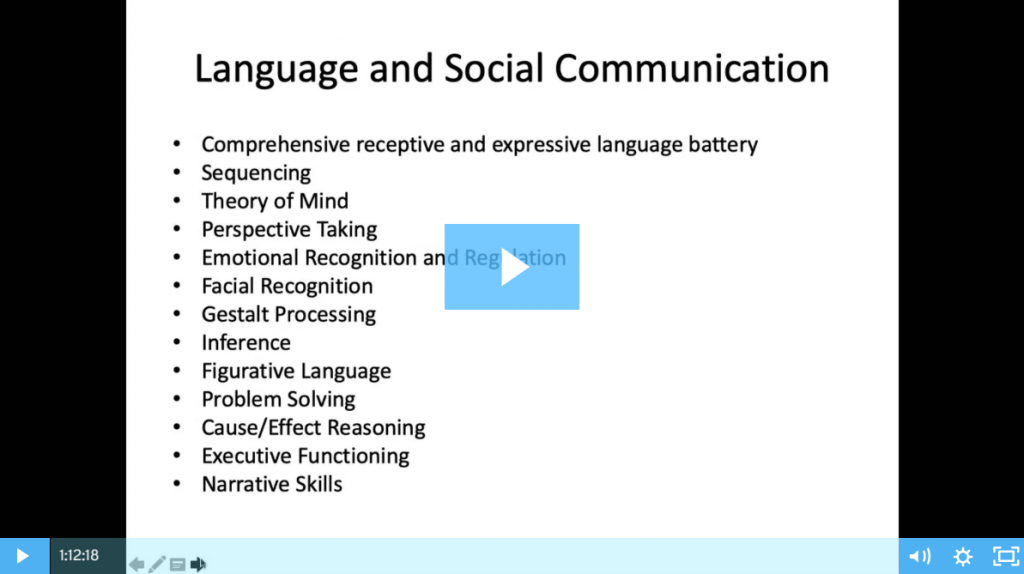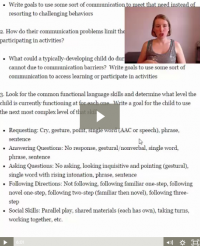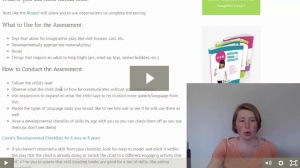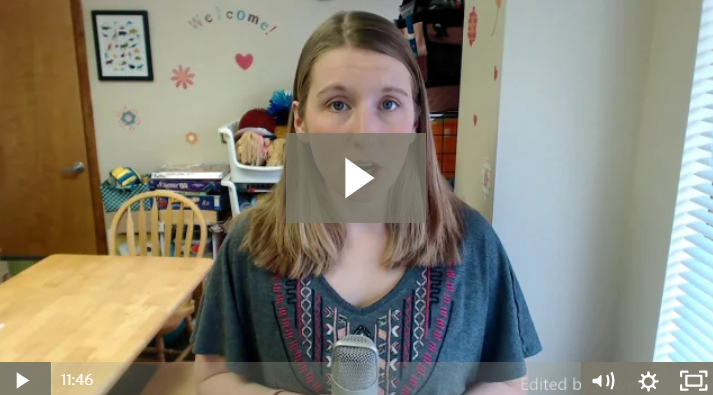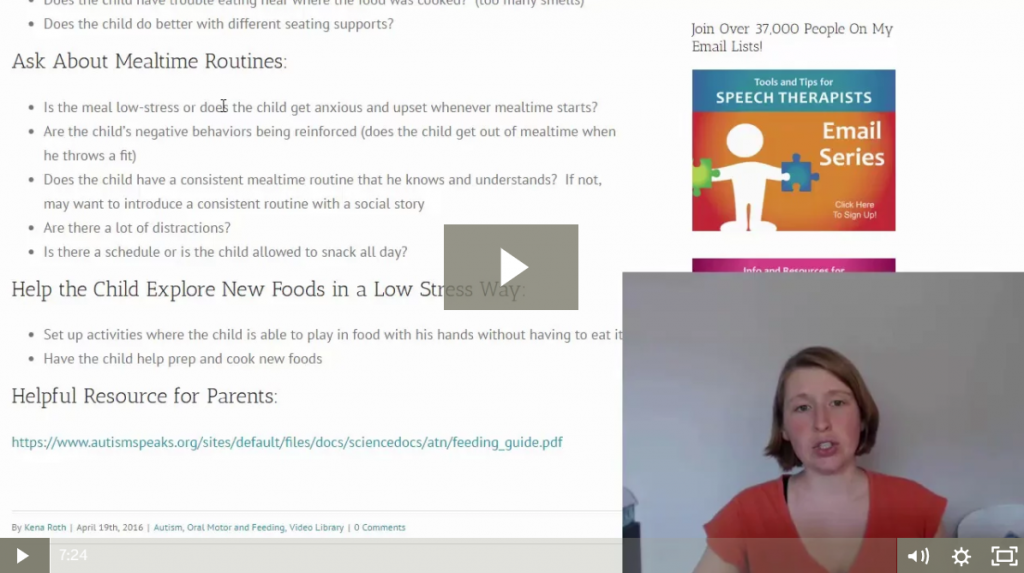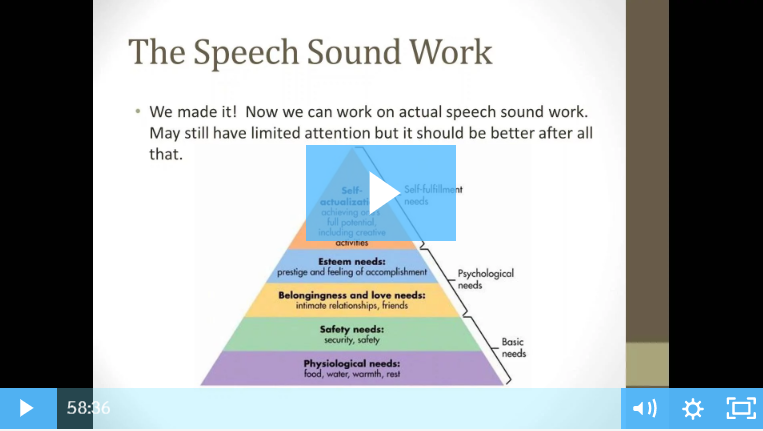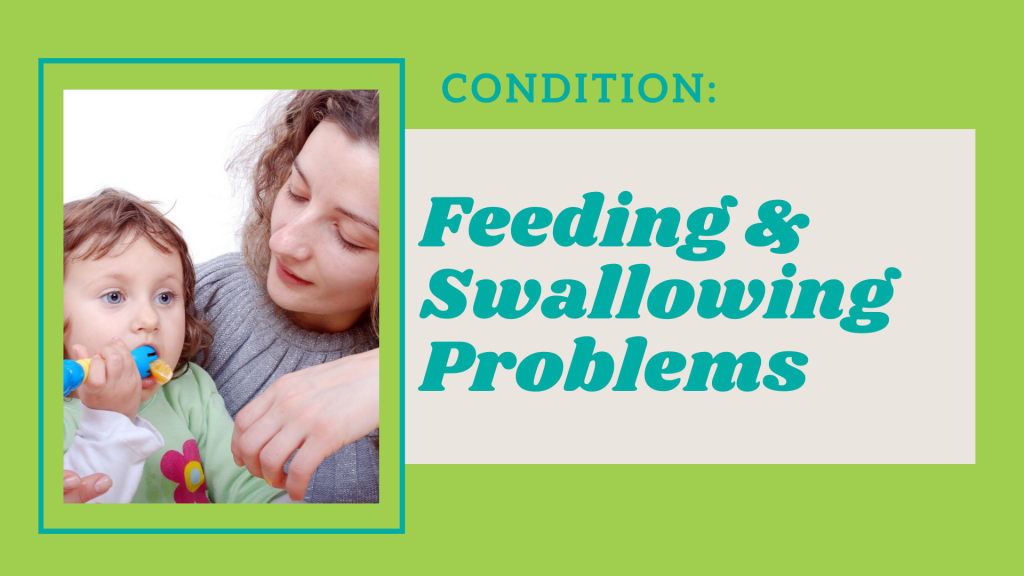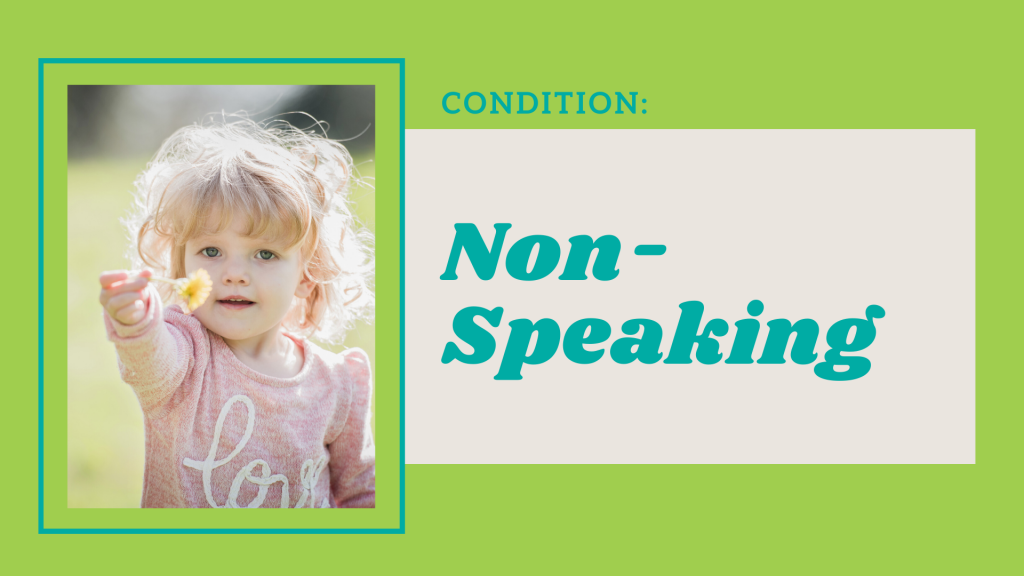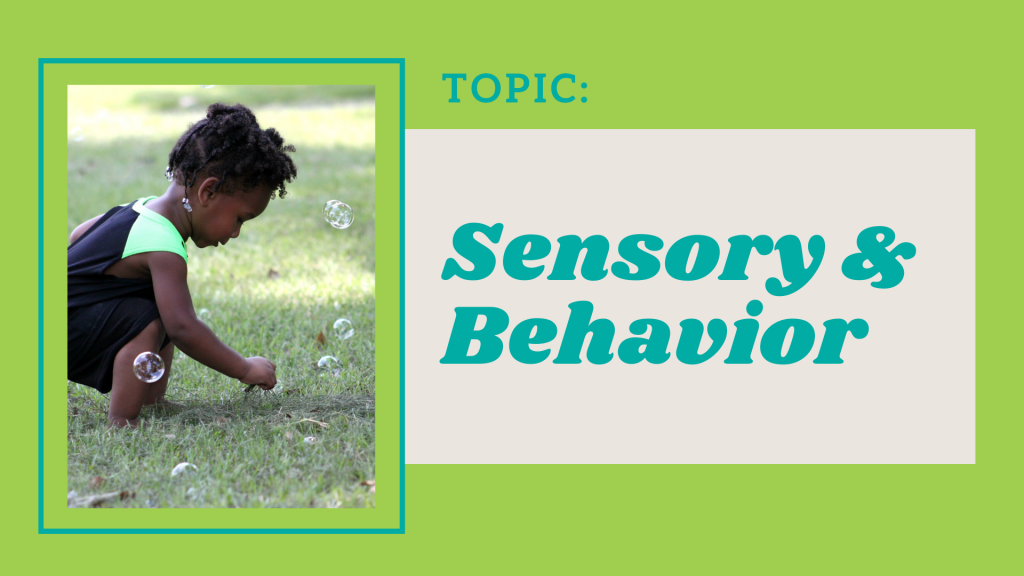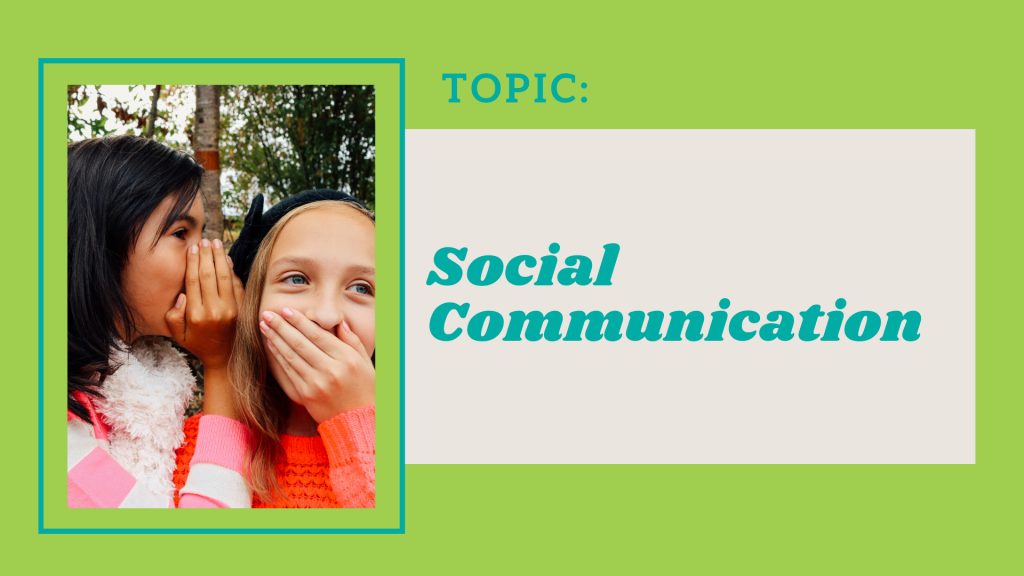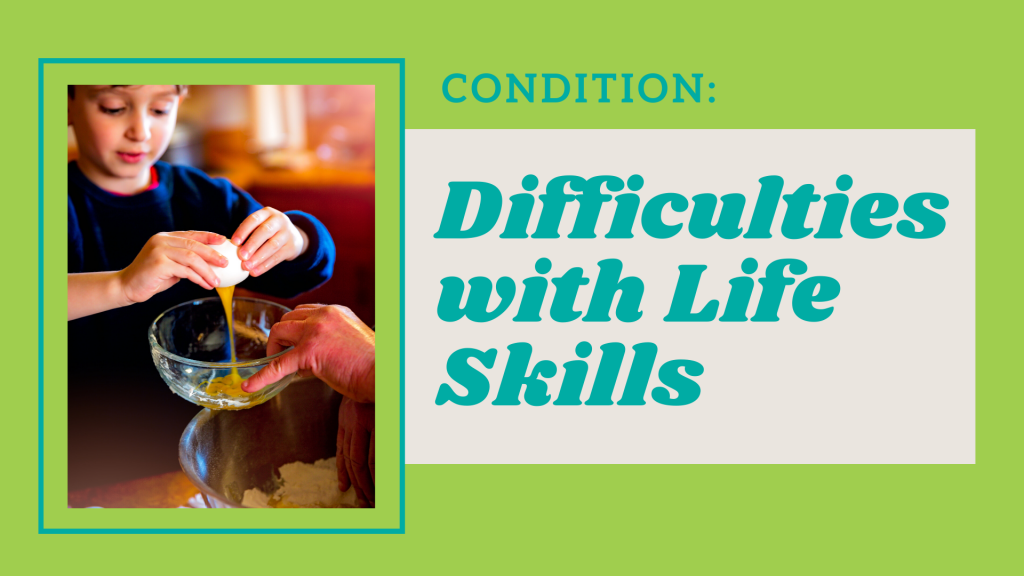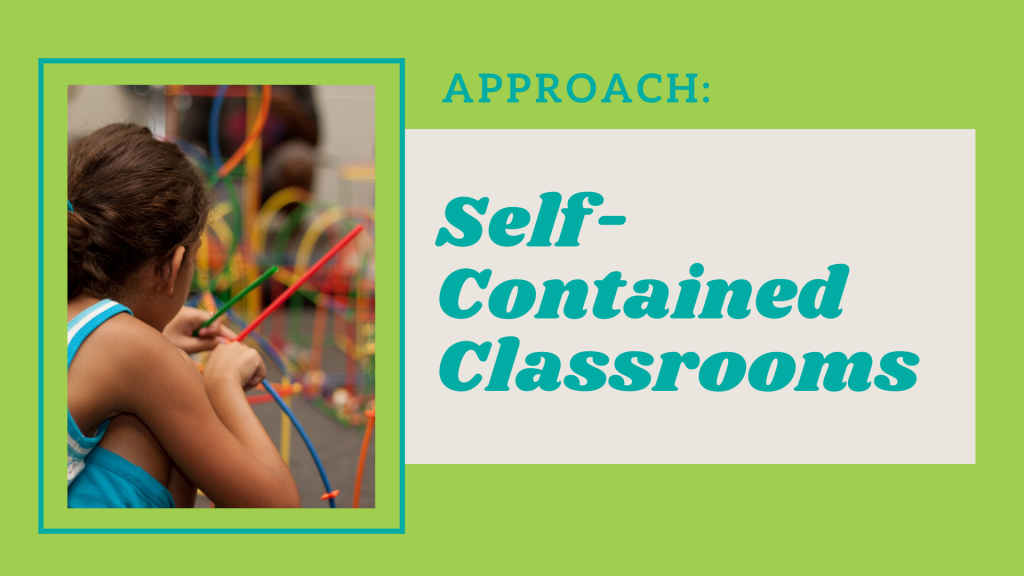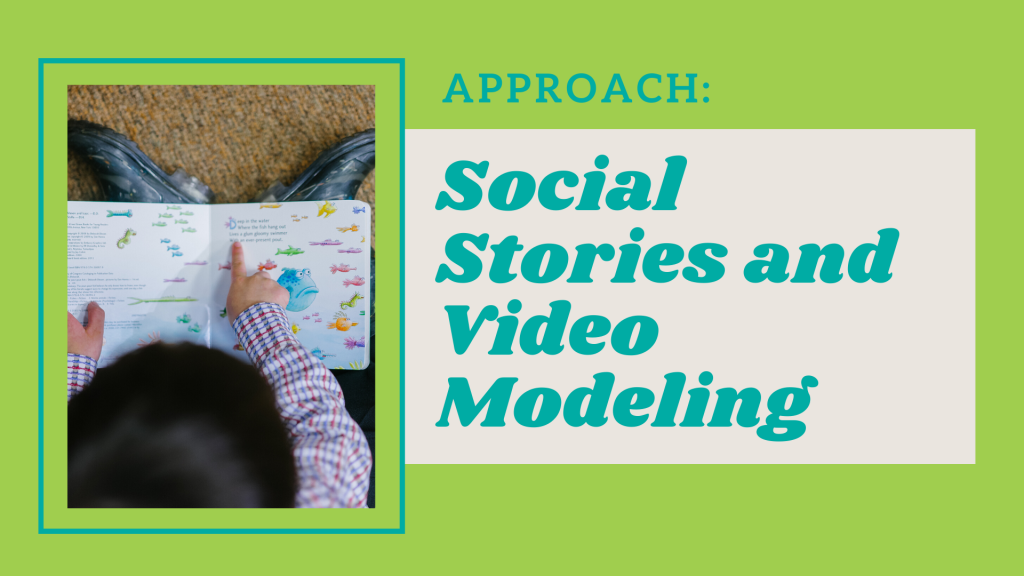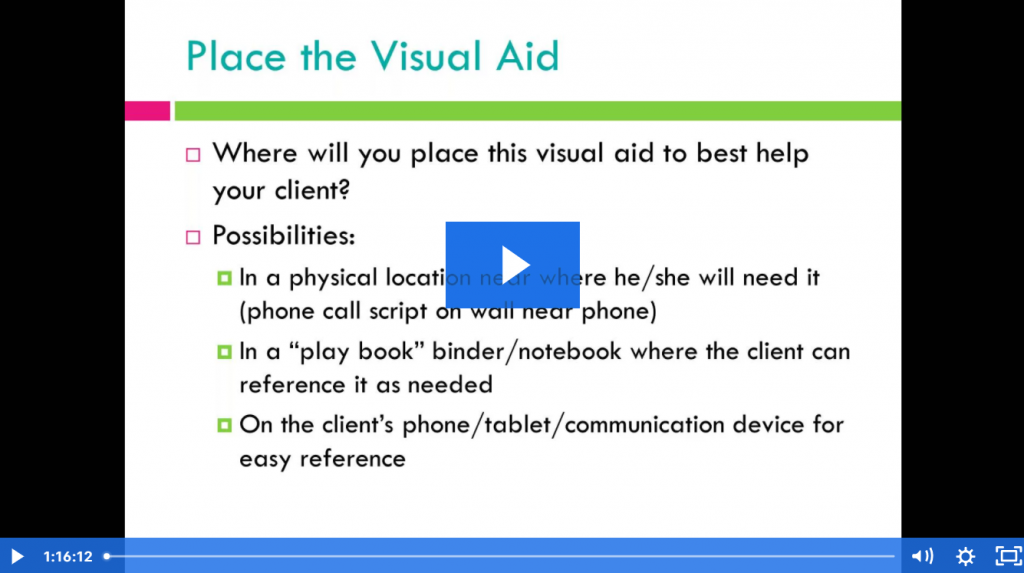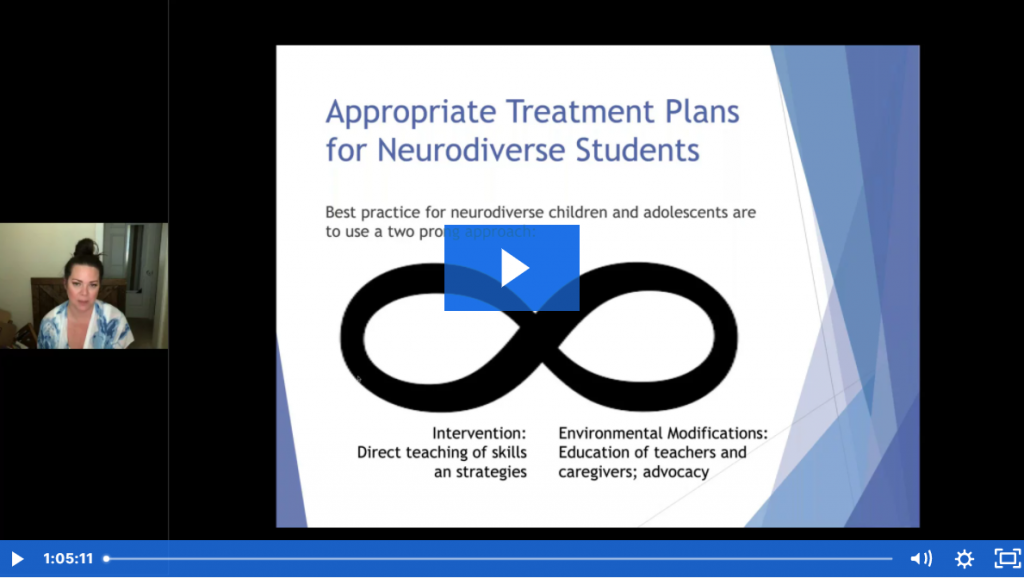Condition: Autism Spectrum Disorders
Jump To:
Norms by Age Evaluation Suggested Goals Therapy
Definition:
Autism spectrum disorder (ASD) is a neurodevelopmental disorder characterized by deficits in social communication and social interaction and the presence of restricted, repetitive behaviors. Social communication deficits include impairments in aspects of joint attention and social reciprocity, as well as challenges in the use of verbal and nonverbal communicative behaviors for social interaction. Restricted, repetitive behaviors, interests, or activities are manifested by stereotyped, repetitive speech, motor movement, or use of objects; inflexible adherence to routines; restricted interests; and hyper- and/or hypo-sensitivity to sensory input.
Source: https://www.asha.org/practice-portal/clinical-topics/autism/
Developmental Norms:
The following red flags may indicate that a child is at risk for autism spectrum disorder.
Source: https://www.autismspeaks.org/signs-autism
By 6 months
- Few or no big smiles or other warm, joyful and engaging expressions
- Limited or no eye contact
By 9 months
- Little or no back-and-forth sharing of sounds, smiles or other facial expressions
By 12 months
- Little or no babbling
- Little or no back-and-forth gestures such as pointing, showing, reaching or waving
- Little or no response to name
By 16 months
- Very few or no words
By 24 months
- Very few or no meaningful, two-word phrases (not including imitating or repeating)
At any age
- Loss of previously acquired speech, babbling or social skills
- Avoidance of eye contact
- Persistent preference for solitude
- Difficulty understanding other people’s feelings
- Delayed language development
- Persistent repetition of words or phrases (echolalia)
- Resistance to minor changes in routine or surroundings
- Restricted interests
- Repetitive behaviors (flapping, rocking, spinning, etc.)
- Unusual and intense reactions to sounds, smells, tastes, textures, lights and/or colors
Evaluation:
If you suspect a child has autism, a full communication evaluation should be conducted.
According to the American Speech-Language Hearing Association’s website: “Interdisciplinary collaboration and family involvement are essential in assessing and diagnosing ASD; the SLP is a key member of a multidisciplinary team. In diagnosing ASD, it is important to have clinical experts agree that assessment results are consistent with the diagnostic characteristics of the disorder.” (Source: https://www.asha.org/PRPSpecificTopic.aspx?folderid=8589935303§ion=Assessment)
Here are some additional resources that will help you with various aspects of evaluating this condition:
The SLP’s Role in Autism Assessment – Webinar Recording
A one-hour webinar recording that will help you understand your role in the evaluation process for children with autism spectrum disorders.
How to Use Assessment to Write Functional Language Goals
A quick video to show you how you can use the information you gain in your assessment to develop functional language goals for a child.
How to Conduct a Play-Based Assessment
When we are unable to complete standardized testing during an assessment, it can be useful to conduct a play-based assessment as well.
How to Evaluate and Treat Non-Verbal Children – Webinar Recording
This hour-long webinar recording will walk you through how to evaluate and treat a child who is not speaking yet.
Suggested Goals:
The results of the assessment process should help guide what you will target in therapy for a child with autism. Here are some goals that may need to be addressed in children with autism. You can click on one of the goals below to learn more. Or, scroll down to the therapy section for more in-depth resources and support for treating this condition.
Therapy:
Here are some more resources and information that may help you when it comes to treating this condition.
Training Videos:
Overview of Therapy for Children with Autism
Quick video that explains the three main areas that should be considered in therapy for all children with autism spectrum disorders.
Feeding Therapy for Children with Autism
This quick video gives you an overview of how to address feeding disorders in children with autism.
Using Art to Increase Engagement
We all know it’s important to follow the child’s lead in therapy. Here are some ideas for how to use a child’s interest in art to guide therapy.
Speech Sound Therapy for Children with Attention Difficulties (Including Autism) – Webinar Recording
This hour-long webinar recording will help you understand how to work on speech sounds with a child who has difficulty attending to your tasks.
Related Topics:
Condition: Feeding & Swallowing Problems
Additional resources if you’re working with a child who also has feeding and swallowing concerns.
This condition page includes links to all of our resources for working with children who are not speaking.
If the child you are working with struggles with sensory and behavior issues, check out all of our resources here.
By definition of the diagnosis of autism spectrum disorders, children with autism have difficulties with social communication. Check out all of our resources for social communication skills here.
Condition: Echolalia and Scripting
If the child you’re working with is repeating what others say or scripting lines from shows or other media, check out our resources on echolalia here.
Condition: Difficulties with Life Skills
As our clients get older, we sometimes need to address life skills. Check out all of our resources on teaching life skills.
Approach: Self-Contained Classrooms
Our more involved clients may be placed in a self-contained classroom with other children with disabilities. Click the link above to find the best way to approach therapy in these settings.
Approach: Social Stories and Video Modeling
Social stories and video modeling are a great way to teach new skills to children with autism spectrum disorders. Click on the link above to learn all about this therapy approach.
Webinar Recordings:
Communication Skills for Daily Living for Teens and Adolescents
This hour-long webinar recording gives you an overview of how to to teach and practice communication skills for daily living.
Neurodiverse Learners: What Parents, Teachers, and Therapists Need to Know
This hour-long webinar recording helps you understand how to help clients with neurodiverse learners (such as those with autism, adhd, etc.).
Didn’t Find What You’re Looking For?
We’re constantly working on adding new features and topics to this membership site. If you don’t find what you’re looking for by using the search bar at the top of the page, please use the button below to request new features or topics to be added!

